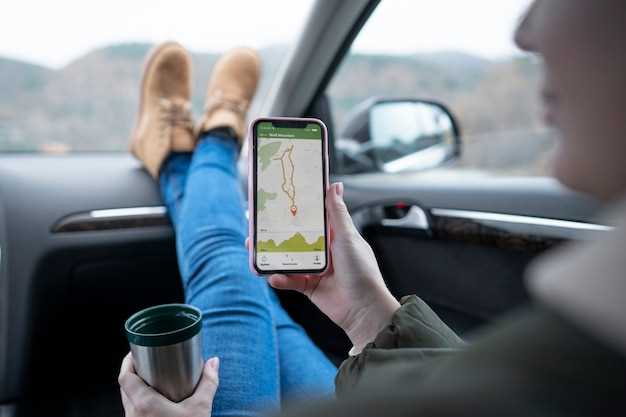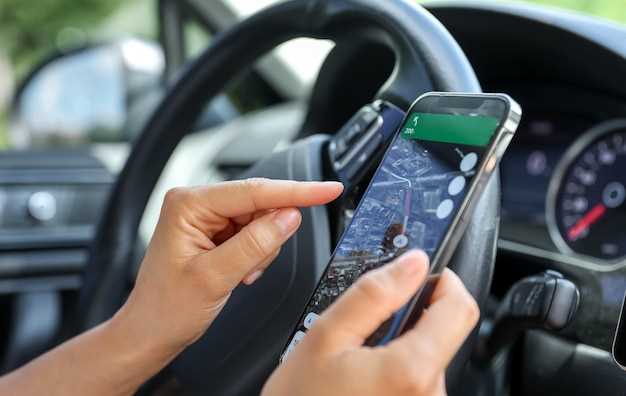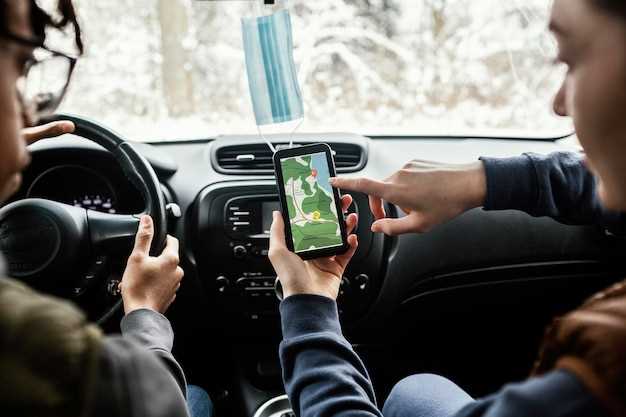

As motorcycle enthusiasts, we understand the thrill of the open road and the desire for exploration. However, navigating long stretches of unfamiliar territory can be challenging without the right tools. Modern technology has made it easier than ever to plan your trips efficiently, ensuring that you spend more time enjoying the ride and less time figuring out where to go. In this guide, we will delve into the essential features and benefits of motorcycle navigation and trip planning applications tailored specifically for bikers.
With a myriad of options available, choosing the right app can be overwhelming. From real-time traffic updates to customizable routes that prioritize scenic byways, not all apps are created equal. We will examine the most popular apps in the market, highlighting their unique functionalities and how they cater to the specific needs of riders. This guide aims to equip you with the knowledge needed to enhance your motorcycling experience through effective trip planning.
Whether you are a casual weekend rider or a seasoned long-distance traveler, understanding how to utilize these apps can significantly transform your journeys. Join us as we explore the landscape of motorcycle navigation technology, and discover how you can make your next adventure both safe and enjoyable with just a few taps on your smartphone.
Choosing the Right App for Your Riding Style

When selecting a motorcycle navigation or trip planning app, it’s essential to consider your specific riding style. Different riders have distinct preferences and needs based on their riding habits, whether it’s daily commuting, long-distance touring, or off-road adventures.
For daily commuters, apps that offer live traffic updates, alternative route planning, and integration with public transit may be more beneficial. Features such as lane guidance and voice navigation can enhance the commuting experience, allowing riders to focus on the road while receiving timely information about their route.
If you are an adventure seeker who enjoys long-distance touring, look for apps that provide robust mapping features, including offline maps, waypoints, and the ability to customize routes. Features like scenic route suggestions and the integration of gas stations or accommodation along your route can significantly enhance your journey. Additionally, some apps offer trip statistics and logging capabilities, allowing you to track your travels and share them with fellow riders.
Off-road enthusiasts may prioritize apps designed specifically for dirt trails and rugged terrains. These applications often include topographic maps, trail maps, and features that allow for the elevation of routes, enhancing the off-road experience. Being able to download maps for offline use is crucial as cell service can be unreliable in remote areas.
Social connectivity can also play a role in your choice. If you enjoy riding in groups or attending motorcycle rallies, opt for apps that include features for group ride planning, route sharing, and community forums. This will enhance your interaction with other riders and provide a sense of camaraderie.
Lastly, compatibility with your devices, including smartphones or navigation systems, is critical. Consider whether the app you choose supports Bluetooth connectivity for hands-free operation, as this adds convenience and safety while riding.
In conclusion, understanding your riding style and specific preferences is key to selecting the right motorcycle navigation or trip planning app. By focusing on relevant features and compatibility with your needs, you can enhance your riding experience and enjoy every ride to the fullest.
Offline Maps and Navigation: Ensuring Connectivity on the Road
For motorcyclists, having reliable navigation is essential, especially during long trips where cell service may be spotty or non-existent. Offline maps and navigation tools have become increasingly valuable, allowing riders to plan their routes without relying on a constant internet connection.
One of the key advantages of offline maps is their ability to store map data locally on your device. Popular navigation apps like Google Maps, OsmAnd, and HERE WeGo allow users to download specific areas or regions, enabling them to access maps and points of interest without an active internet connection. This feature is particularly useful when traveling through remote areas where cellular data may be unavailable.
Before embarking on your journey, it’s crucial to download the necessary maps and regions while still connected to Wi-Fi. Ensure that your device has ample storage space and that the map data is accurate and up-to-date. Check for any recent updates to the app, as developers frequently improve feature sets and map accuracy.
In addition to maps, consider downloading GPX files for specific routes or trails that you wish to explore. Many motorcycle navigation apps support importing GPX files, which allows for custom route planning and easy navigation through unfamiliar territories. This is especially beneficial for winding roads and scenic routes that enhance the riding experience.
When planning your trip, it’s also wise to have backup navigation methods. Carry a physical map or a printed version of your route as a failsafe in case your device fails or loses power. A portable power bank can also be a worthwhile investment, ensuring that your smartphone or GPS unit remains charged during long rides.
Lastly, familiarize yourself with the app’s features before hitting the road. Understanding how to switch between offline and online modes, access saved routes, and utilize waypoints will enhance your navigation experience. With these strategies, you can confidently navigate your journey, ensuring that connectivity issues do not derail your adventure.
Integrating Trip Planning Features for Long-Distance Rides

When planning long-distance motorcycle rides, integrating comprehensive trip planning features into navigation apps can significantly enhance the riding experience. These features should include route customization, stops along the journey, and real-time weather updates to ensure a smooth passage.
Route customization allows riders to tailor their journey based on personal preferences, such as scenic routes versus highways. By offering options to avoid toll roads or high-traffic areas, motorcycle navigation apps empower users to select paths that align with their riding style and desired experience.
Incorporating waypoints for gas stations, rest areas, and points of interest along the route is essential for long-distance trips. Riders can plan breaks and explore local attractions without straying too far from their intended path. This not only aids in managing fatigue but also enriches the travel experience by enabling spontaneous stops.
Real-time weather updates are crucial for long-distance riders. Integrating weather features can inform users about potential hazards like rain or strong winds, allowing them to adjust their route or schedule accordingly. Notifications regarding changes in weather can enhance rider safety and comfort.
Additionally, offline map availability ensures that users can access essential navigation tools even in areas with limited cell coverage. This functionality is vital for riders who explore remote or rural locations where signal strength may be unreliable.
Lastly, incorporating social sharing features can foster a sense of community among riders. Users can share their routes, experiences, and recommendations, transforming trip planning into a collaborative effort that benefits from collective insights.
By focusing on these essential trip planning features, motorcycle navigation apps can significantly improve the quality and enjoyment of long-distance rides, making the journey as fulfilling as the destination.






